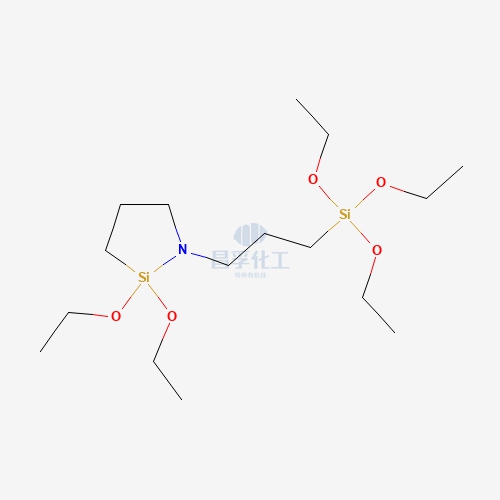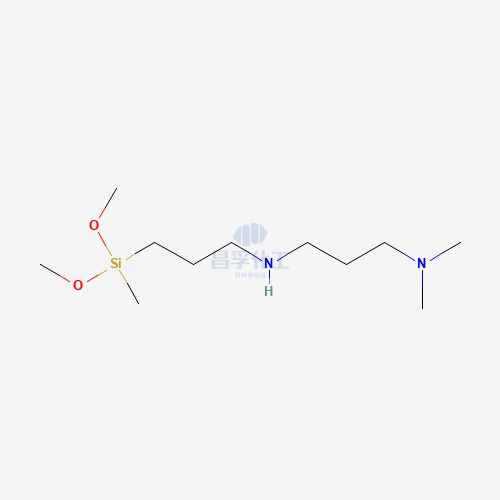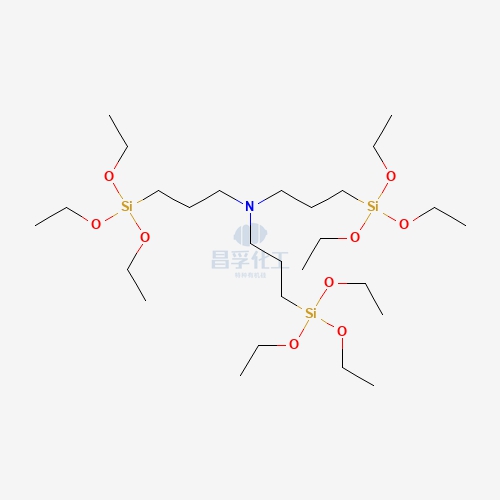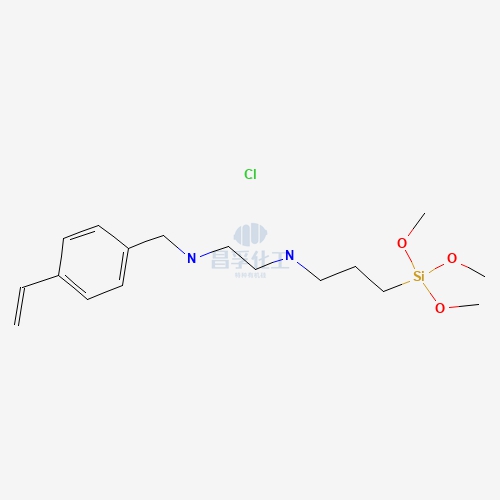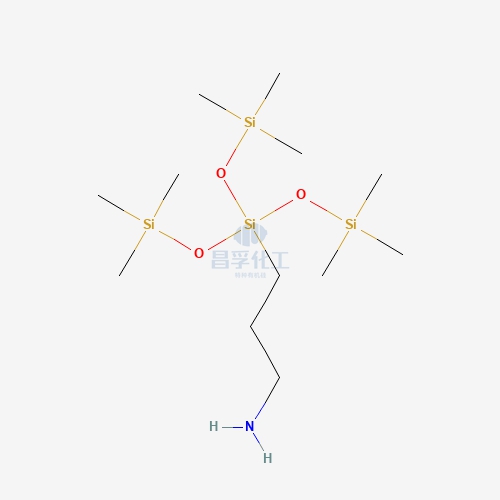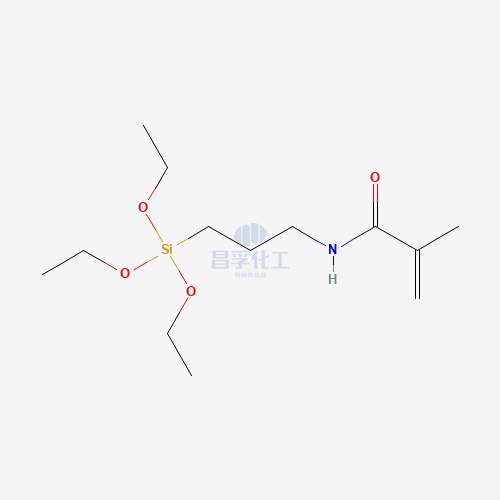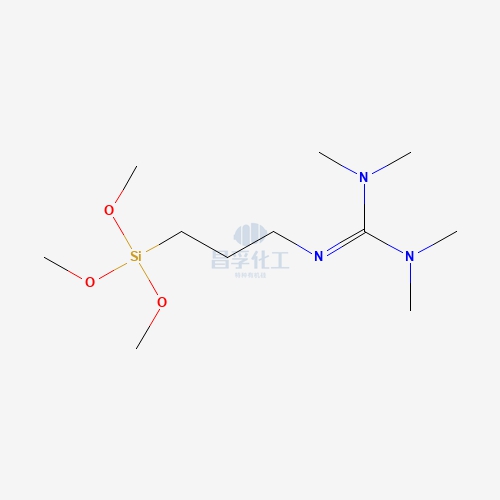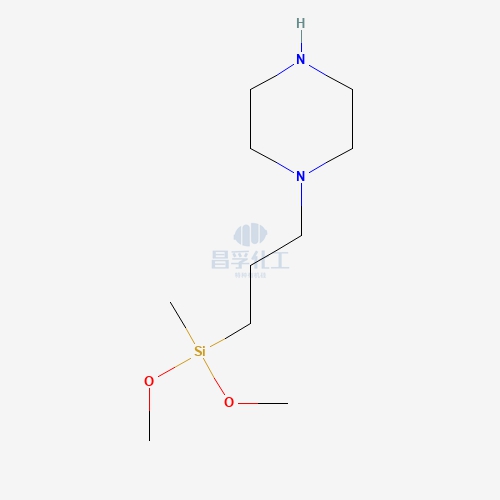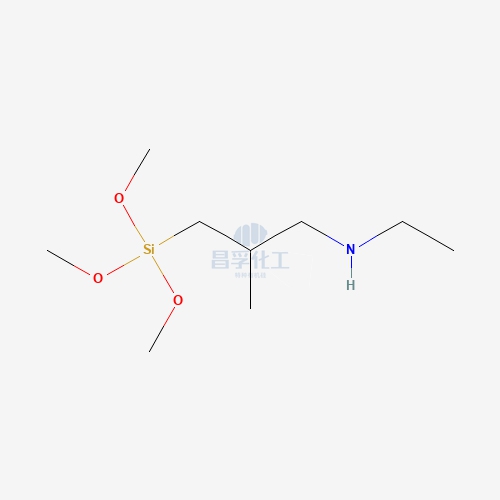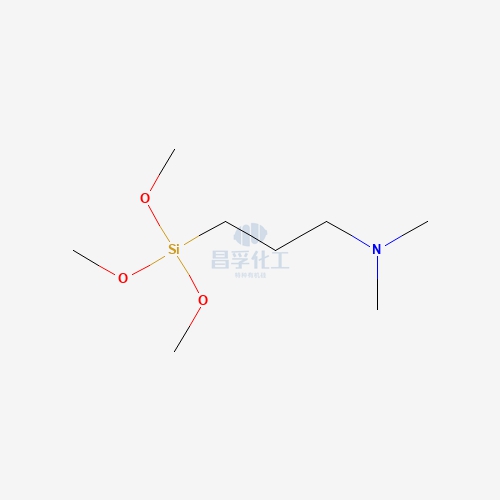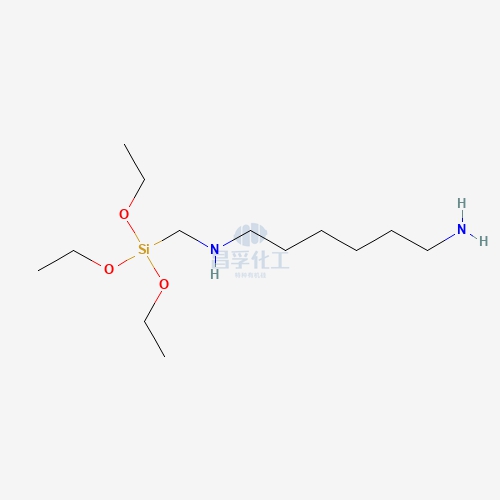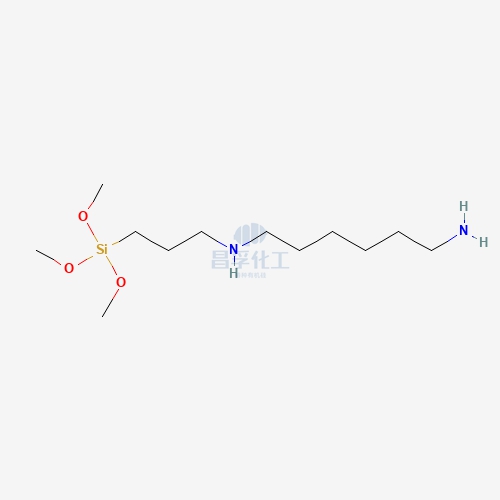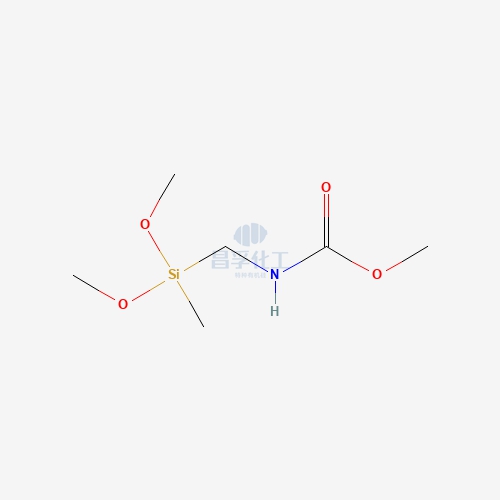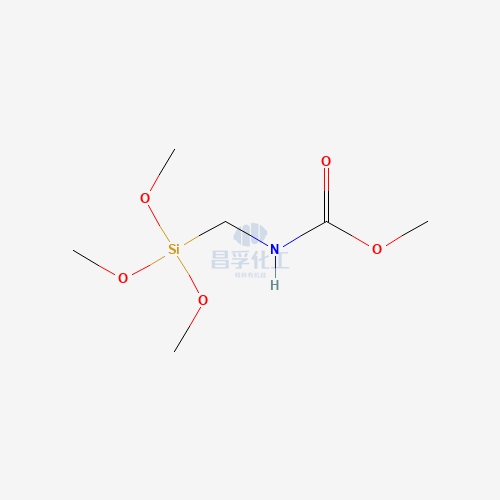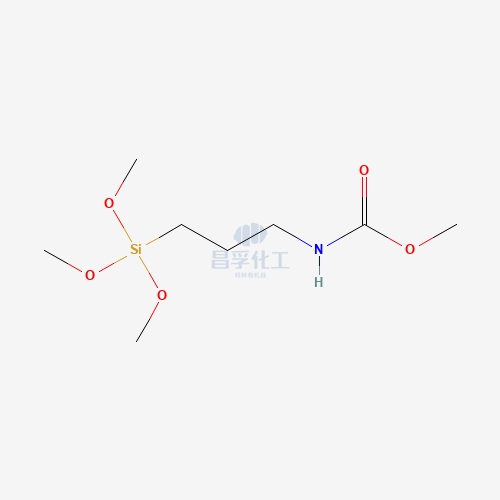
Contact Changfu Chemical Now!
+86 27 8439 6550 | +86 181 6277 0058
A Guide to Silicone Oil Antifoam and Silicone Oil Defoamer
Introduction
In various industrial processes, foam can be a significant hindrance, affecting product quality and production efficiency. To combat this, manufacturers often turn to silicone-based solutions, specifically silicone oil antifoam and silicone oil defoamer. This comprehensive guide will delve into what these substances are, how they work, their applications, benefits, and considerations for choosing the right product for your needs.
Understanding Foam and Its Challenges
What Is Foam?
Foam is a collection of gas bubbles trapped in a liquid or solid. It forms in various contexts, such as during chemical reactions, mixing processes, or when air is introduced into liquids. The characteristics of foam can vary widely depending on the liquid, gas, and environmental conditions. While some foaming is harmless and even desirable in certain processes, excessive foam can lead to a range of problems that can impact both production and product integrity:
- Reduced Efficiency: Foam can create air pockets, hindering fluid flow and reducing mixing efficiency. This can slow down production processes and lead to longer cycle times.
- Quality Issues: In food and beverage production, foam can lead to inconsistencies in texture and appearance. Excessive foam can also interfere with filling processes, resulting in product loss and waste.
- Equipment Damage: Foam buildup can cause overflow and damage to machinery, leading to costly repairs and downtime. Equipment that is not designed to handle foam may experience reduced operational life due to increased wear and tear.
- Increased Waste: Excess foam can lead to spillage, resulting in product loss and increased costs. This not only affects profitability but also contributes to environmental concerns if materials are not disposed of properly.
The Role of Antifoams and Defoamers
To address these challenges, industries employ antifoams and defoamers. Both serve to reduce or eliminate foam, but they operate in slightly different ways:
- Antifoams are substances that prevent foam formation. They are often added to processes to inhibit the generation of foam from the outset. By incorporating antifoam agents into formulations or processes, manufacturers can minimize the risk of foam developing.
- Defoamers, on the other hand, are designed to break down existing foam. They act to destabilize foam bubbles, allowing them to collapse. Defoamers are particularly useful in situations where foam has already formed and needs to be managed quickly.
Understanding the distinction between these two agents is crucial for selecting the right solution based on the specific foam-related issues faced in various industries.
![]()
Silicone Oil Antifoam: Composition and Function
What Is Silicone Oil Antifoam?
Silicone oil antifoam is a specific type of antifoaming agent made from silicone compounds. Silicone oils are synthetic polymers known for their unique properties, such as high thermal stability, low surface tension, and excellent compatibility with various materials. These characteristics make silicone oil antifoam effective in preventing foam formation in many industrial applications.
The primary active ingredient in silicone oil antifoam is polydimethylsiloxane (PDMS), which has low surface tension and spreads quickly on liquid surfaces. This enables the antifoam to create a barrier that inhibits the formation of bubbles.
How Does Silicone Oil Antifoam Work?
Silicone oil antifoam works by reducing the surface tension of the liquid, making it harder for gas bubbles to form and stabilize. When added to a liquid, silicone oil spreads across the surface, creating a thin film that inhibits bubble formation. This action helps maintain a smooth and controlled process, ultimately enhancing efficiency and product quality.
The mechanism of action involves several key processes:
- Surface Activity: Silicone oil antifoams are highly surface-active, meaning they can quickly migrate to the surface of a liquid. Once at the surface, they form a layer that reduces the energy required for bubble formation.
- Bubble Coalescence: In addition to preventing new bubbles from forming, silicone oil antifoams facilitate the coalescence of existing bubbles, allowing them to merge and grow larger. This reduces the total number of bubbles present.
- Film Stabilization: The thin film created by silicone oil antifoam not only inhibits bubble formation but also stabilizes the liquid surface, preventing air from being trapped within.
Applications of Silicone Oil Antifoam
Silicone oil antifoam is widely used in various industries, including:
- Food and Beverage: In food processing, silicone oil antifoam is used to prevent foam in cooking and fermentation processes. This ensures consistency in product quality and prevents overflow during bottling and packaging.
- Pharmaceuticals: In drug formulation, silicone oil antifoam helps maintain stability during mixing and storage. It is particularly important in the production of emulsions and suspensions, where foam can interfere with dosage accuracy.
- Cosmetics: In creams and lotions, silicone oil antifoam helps improve texture and prevents foaming during application. This is critical for consumer satisfaction, as foam can affect the perceived quality of personal care products.
- Textiles: In dyeing and finishing processes, silicone oil antifoam is used to manage foam, ensuring even application of dyes and chemicals. This leads to better color consistency and reduces the risk of defects.
Benefits of Silicone Oil Antifoam
- High Efficiency: Silicone oil antifoams are effective at low concentrations, allowing for reduced usage and cost savings. This makes them a cost-effective solution for managing foam.
- Thermal Stability: They maintain effectiveness across a wide range of temperatures, making them suitable for various processing conditions, including high-temperature applications.
- Chemical Compatibility: Silicone oil antifoams are compatible with various formulations, including aqueous and non-aqueous systems. This versatility allows for broad applications across different industries.
- Low Toxicity: Many silicone oil antifoam products are regarded as safe for use in food and cosmetic applications. They are often formulated to meet regulatory standards, providing peace of mind for manufacturers.
Silicone Oil Defoamer: Composition and Function
What Is Silicone Oil Defoamer?
Silicone oil defoamer is similar to silicone oil antifoam but specifically formulated to reduce and eliminate existing foam. It contains silicone compounds that destabilize foam bubbles, allowing them to collapse.
The composition of silicone oil defoamer typically includes polydimethylsiloxane (PDMS) combined with additional ingredients to enhance its performance. These may include hydrophobic silica or other additives that improve its ability to disrupt foam.
How Does Silicone Oil Defoamer Work?
Silicone oil defoamer acts by modifying the surface properties of the liquid. When added to a foamy mixture, it quickly migrates to the surface and disrupts the film that holds foam bubbles together. This destabilization allows the bubbles to burst, effectively reducing foam volume.
The action of silicone oil defoamer can be described through several mechanisms:
- Film Disruption: The defoamer reduces the surface tension of the liquid, which weakens the films surrounding foam bubbles. This leads to the rapid collapse of bubbles.
- Bubble Size Increase: By facilitating the coalescence of smaller bubbles, silicone oil defoamer helps create larger bubbles that are more prone to bursting. This accelerates the overall defoaming process.
- Fast Action: Silicone oil defoamers are designed to act quickly, making them ideal for processes where foam must be eliminated in a timely manner.
Applications of Silicone Oil Defoamer
Silicone oil defoamer finds applications in various sectors, including:
- Paints and Coatings: To eliminate foam during production and application, ensuring a smooth finish. Foaming can lead to defects in the final product, such as pinholes or uneven surfaces.
- Pulp and Paper: Used in pulping and bleaching processes to control foam formation. Excess foam in these processes can lead to operational inefficiencies and quality issues.
- Wastewater Treatment: Helps manage foam in treatment systems, improving efficiency. Foam can interfere with the aeration process and lead to increased maintenance needs.
- Agriculture: In pesticide formulations, silicone oil defoamer aids in even application and reduces waste. Foam can affect spray patterns, leading to uneven coverage of crops.
Benefits of Silicone Oil Defoamer
- Rapid Action: Silicone oil defoamer quickly eliminates existing foam, improving processing times and reducing delays in production.
- Low Dosage Requirements: They are effective at minimal concentrations, resulting in cost-effectiveness. This is particularly advantageous in large-scale operations.
- Versatility: Suitable for a wide range of applications and formulations, silicone oil defoamers can be used in various industries, from manufacturing to agriculture.
- Minimal Impact on Product: Silicone oil defoamer does not alter the characteristics of the final product, making it ideal for sensitive applications where quality is paramount.
Choosing the Right Product: Silicone Oil Antifoam vs. Silicone Oil Defoamer
Key Considerations
When selecting between silicone oil antifoam and silicone oil defoamer, consider the following factors:
- Nature of the Foam Problem: If you are dealing with ongoing foam formation, silicone oil antifoam is the right choice. It works to inhibit foam from forming in the first place. If foam is already present and causing issues, silicone oil defoamer is more appropriate, as it specifically targets existing foam.
- Application Type: Different industries may have specific requirements. For example, food applications might require more stringent safety standards compared to industrial uses. Understanding the regulatory landscape and product safety requirements is crucial.
- Compatibility: Ensure that the chosen product is compatible with your formulation to avoid adverse reactions or performance issues. Testing for compatibility with other ingredients or materials in your process is essential.
- Concentration Levels: Evaluate the effectiveness of each product at various concentrations to determine the most cost-effective solution. Conducting trials at different dosages can help identify the optimal level for performance.
![]()
Conclusion
Silicone oil antifoam and silicone oil defoamer play crucial roles in managing foam across various industrial processes. By understanding their compositions, functions, and applications, manufacturers can make informed decisions to enhance efficiency, product quality, and cost-effectiveness. Whether you are seeking to prevent foam formation or eliminate existing foam, these silicone-based solutions provide reliable options to tackle foaming challenges.
In a landscape where efficiency and quality are paramount, investing in the right antifoam or defoamer can lead to significant improvements in production processes, ultimately contributing to better products and higher customer satisfaction.
FAQs
1.What is the difference between silicone oil antifoam and silicone oil defoamer?
Silicone oil antifoam prevents foam formation, while silicone oil defoamer eliminates existing foam. Antifoams are preventive, and defoamers are corrective.
2.Are silicone oil antifoam and defoamer safe for food applications?
Yes, many silicone oil antifoam and defoamer products are considered safe for use in food and cosmetic applications. However, it is important to always check specific product safety data sheets and regulatory compliance.
3.How do I determine the right product for my application?
Consider the nature of your foam problem, application type, compatibility, and perform pilot testing for evaluation. Each application may have unique requirements that should be addressed in product selection.
4.Can I use silicone oil antifoam and defoamer together?
While they serve different purposes, in some processes, it might be beneficial to use both to manage foam effectively. For instance, using an antifoam to prevent foam and a defoamer to handle any unexpected foam formation.
5.What industries commonly use silicone oil antifoam and defoamer?
Common industries include food and beverage, pharmaceuticals, textiles, paints and coatings, pulp and paper, agriculture, and wastewater treatment. Each of these sectors faces specific challenges with foam that silicone-based products can help manage.
Popular Silicon Compounds
Popular Silicon Compounds
Related News & Blog
Related News & Blog




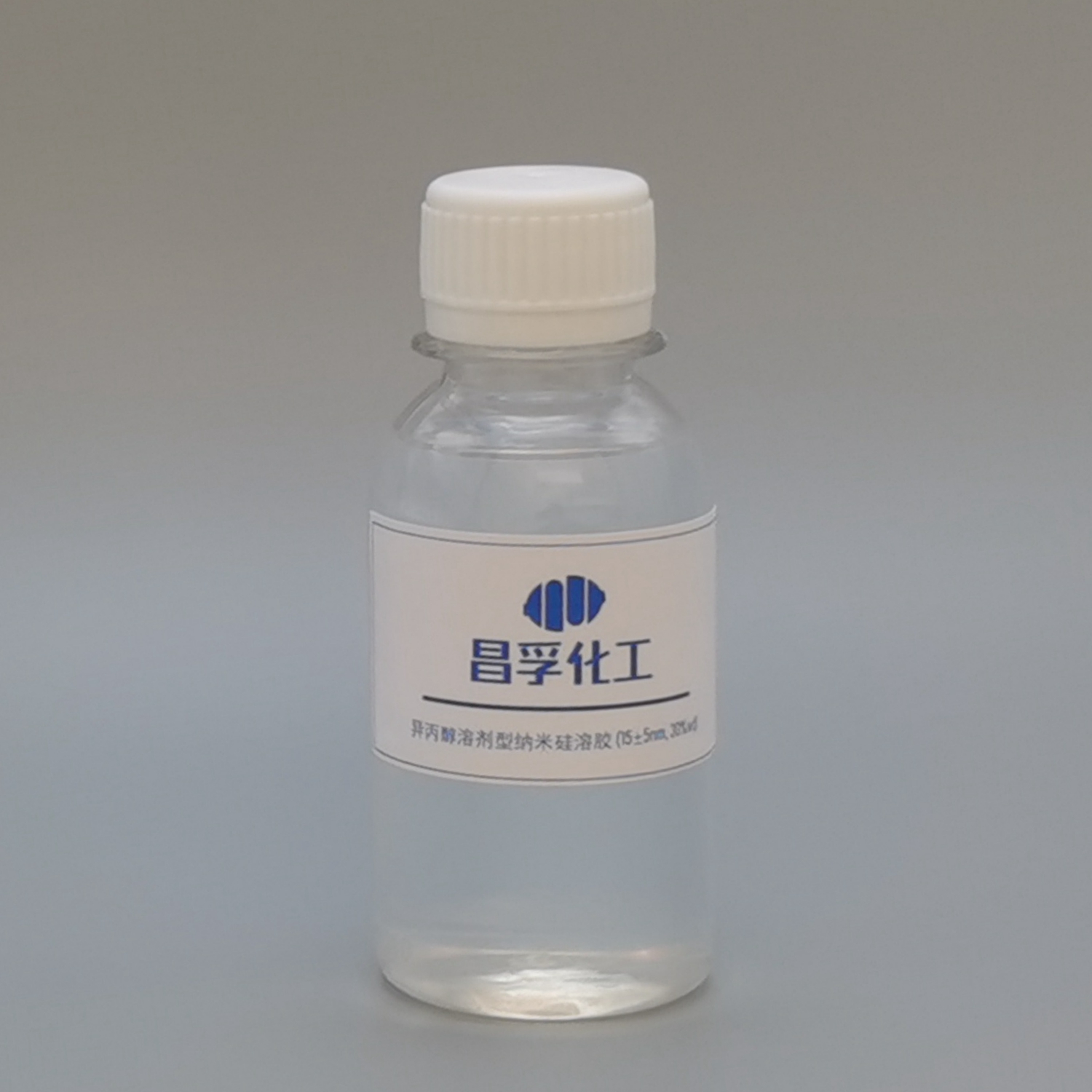









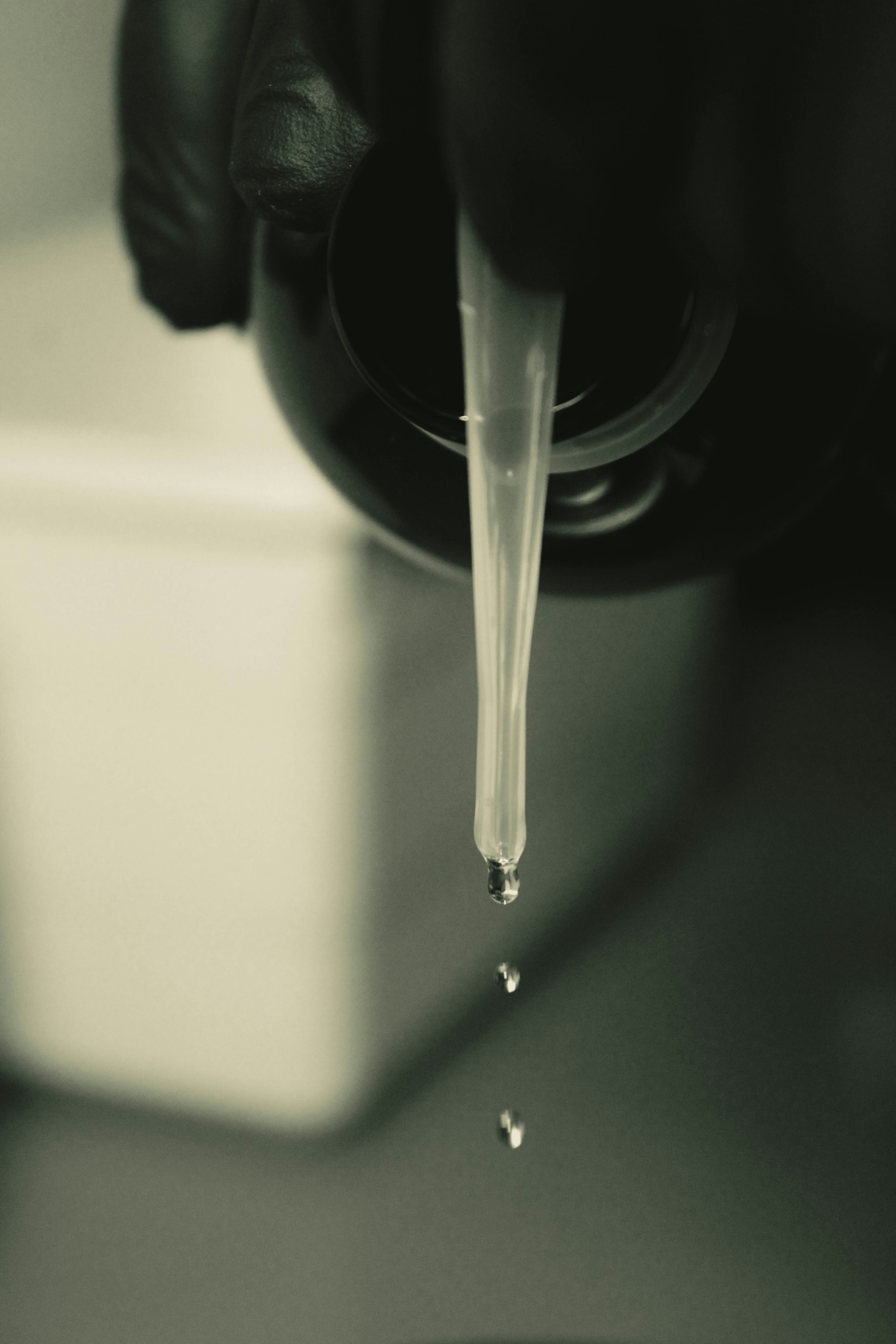











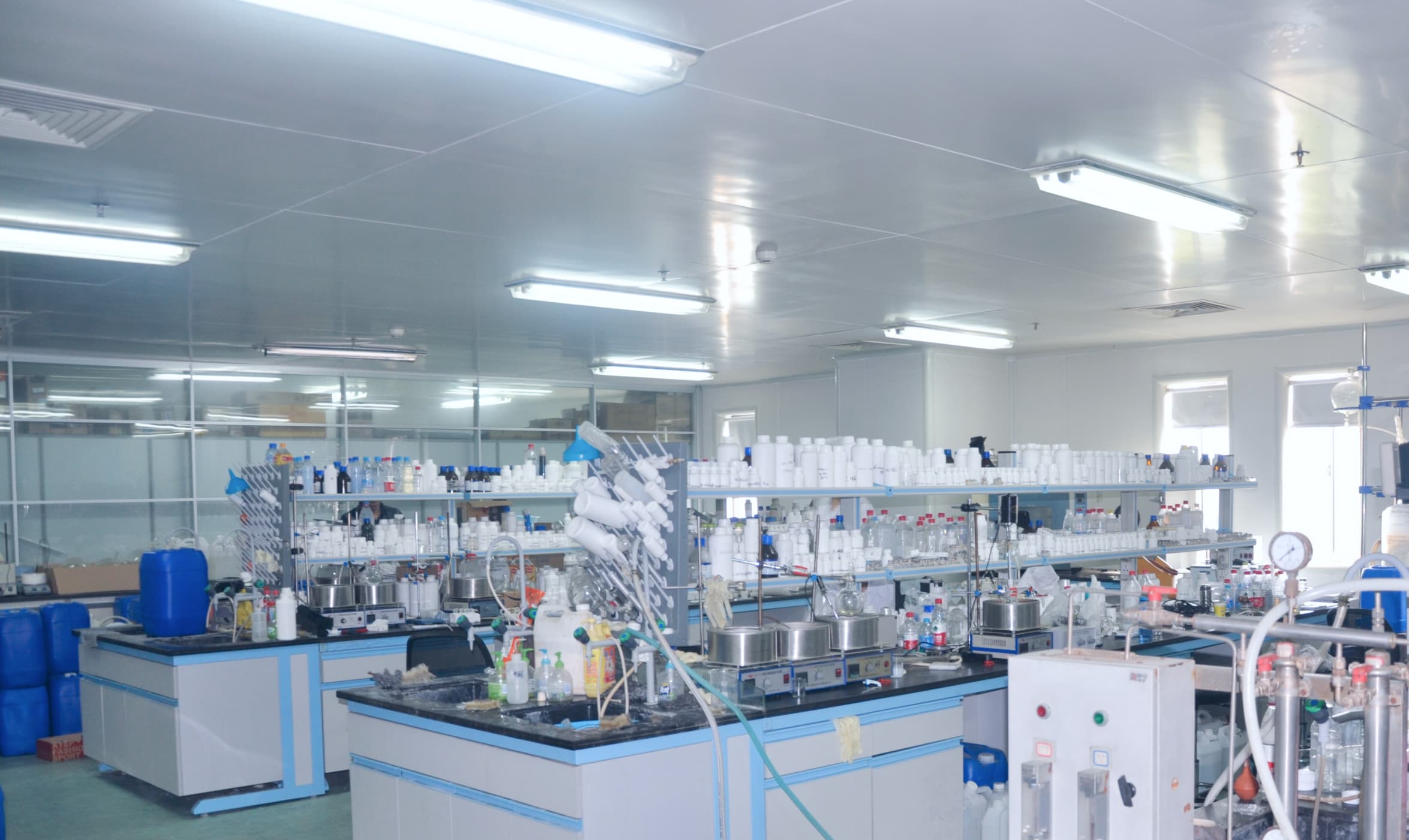


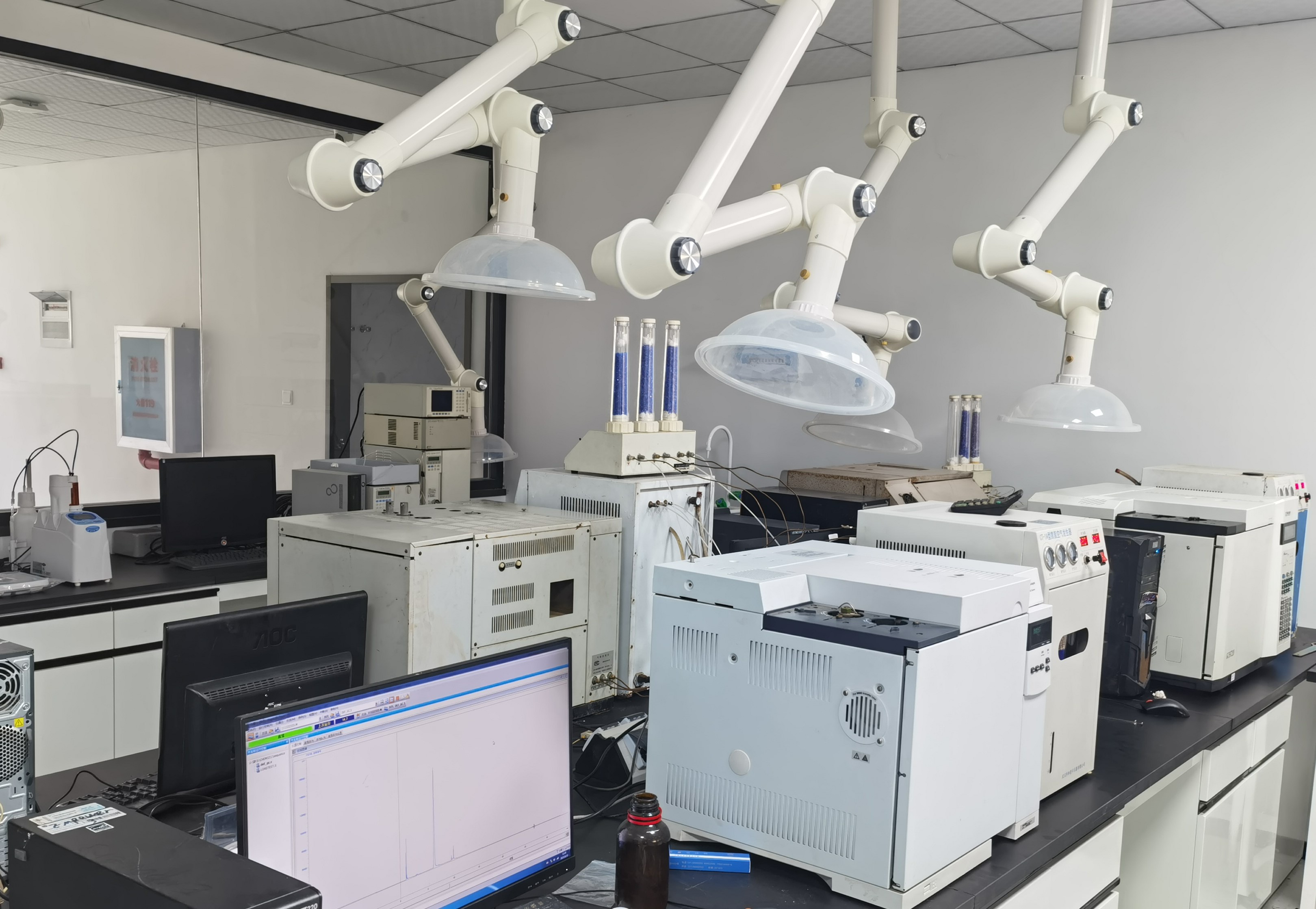
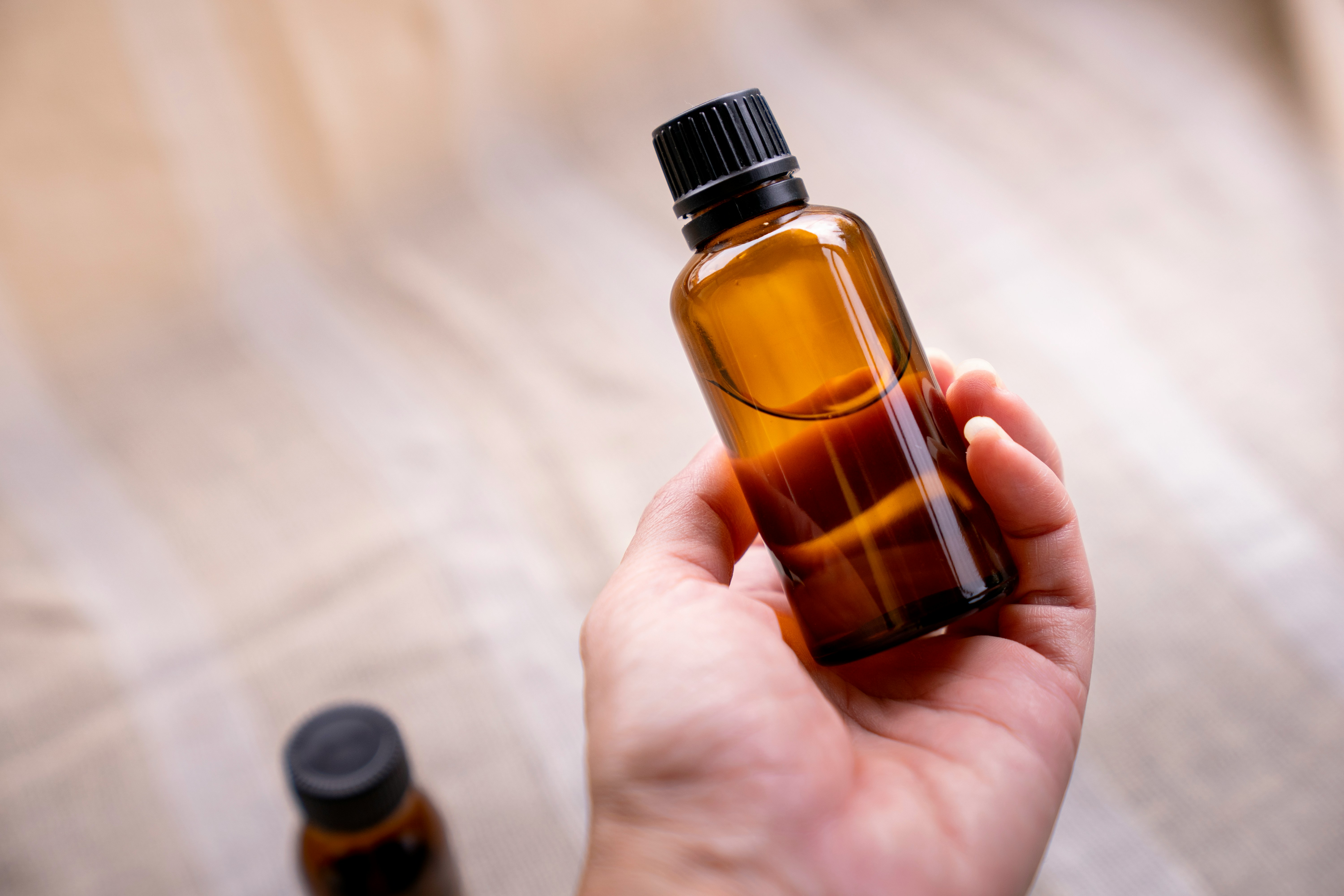


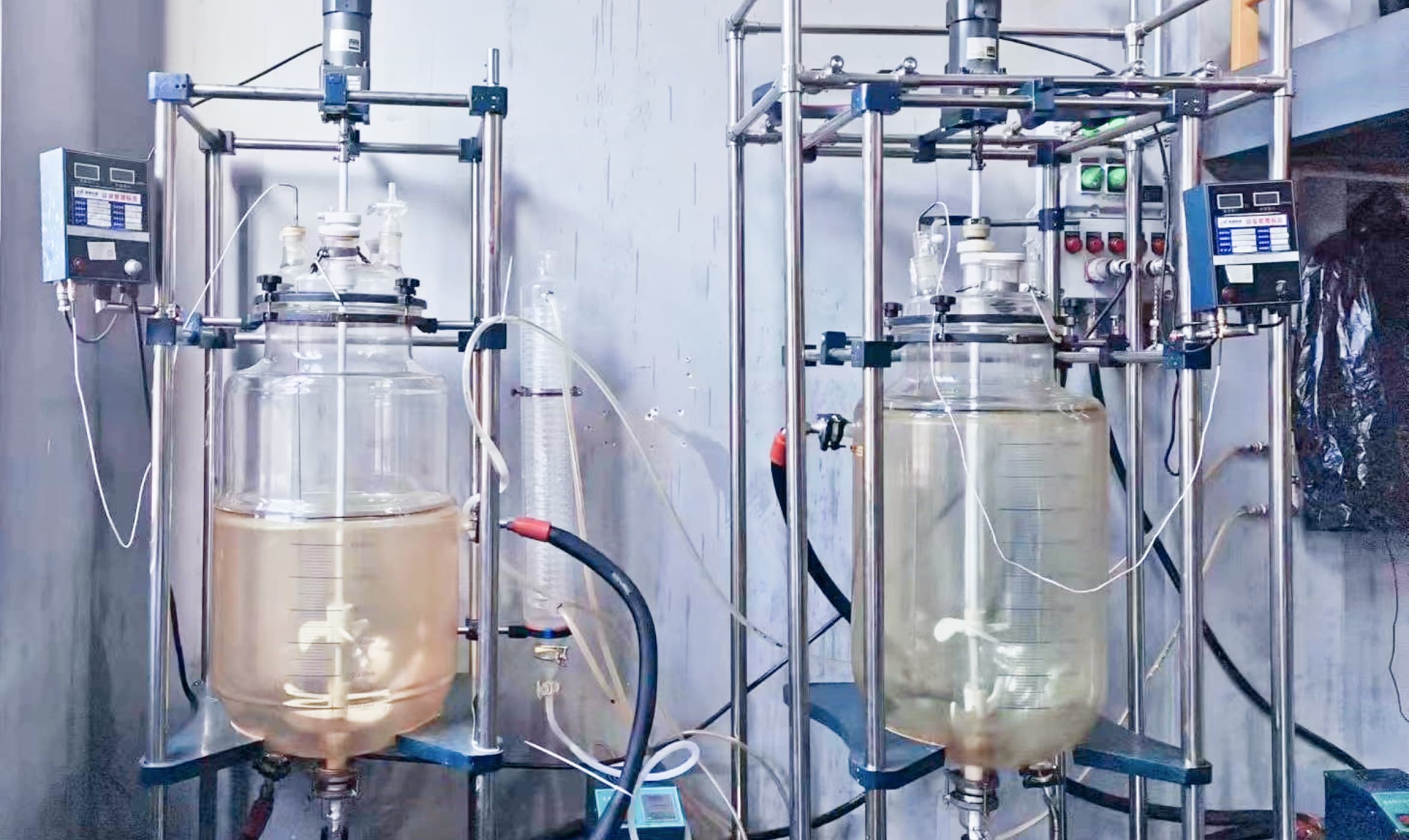



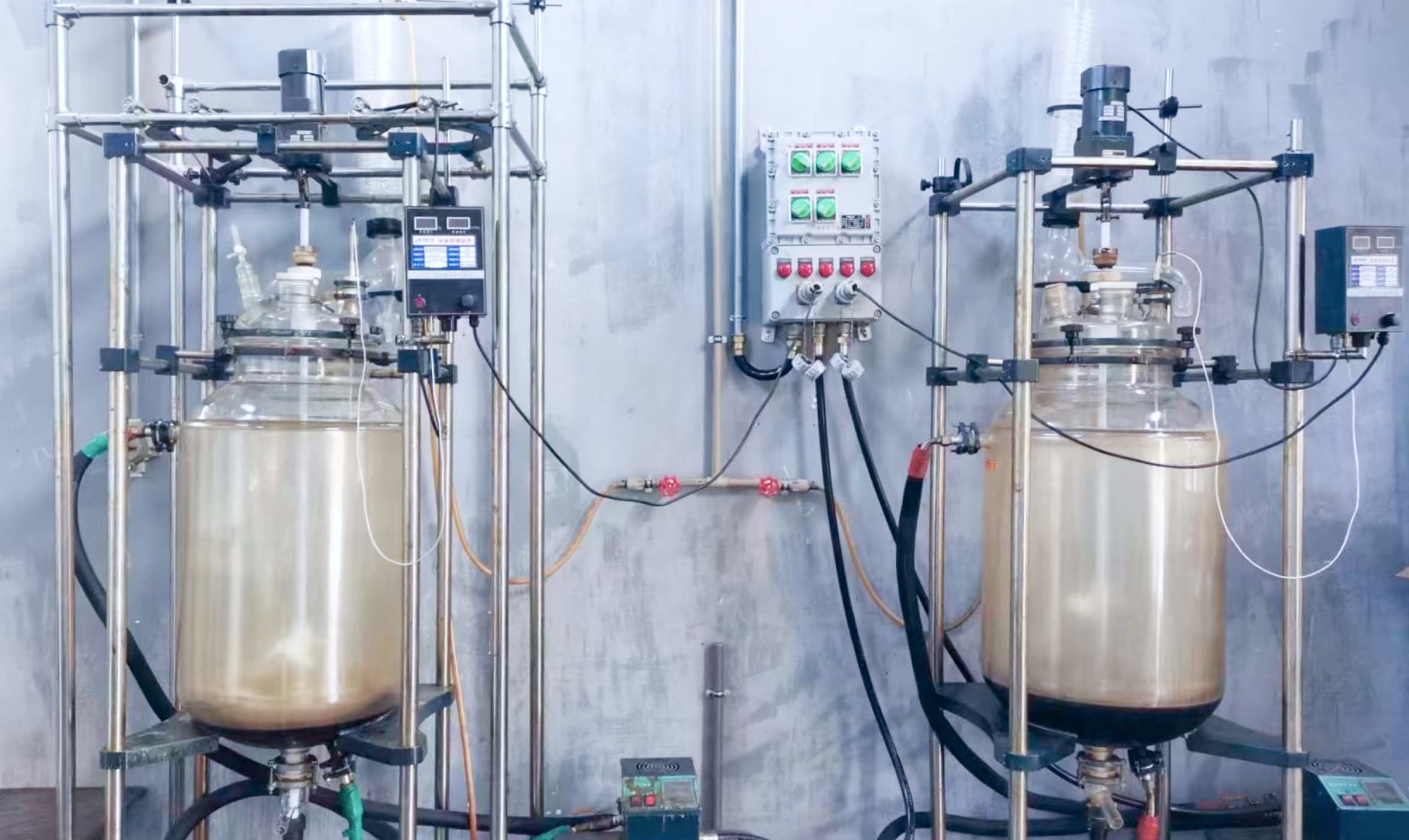
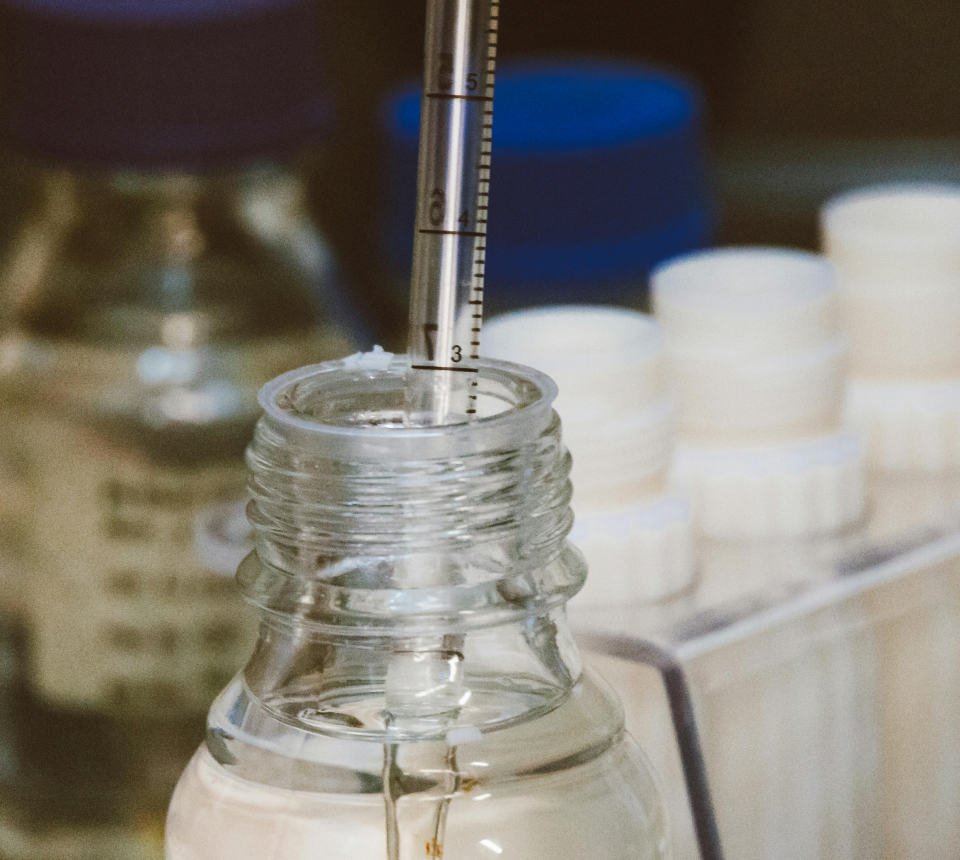


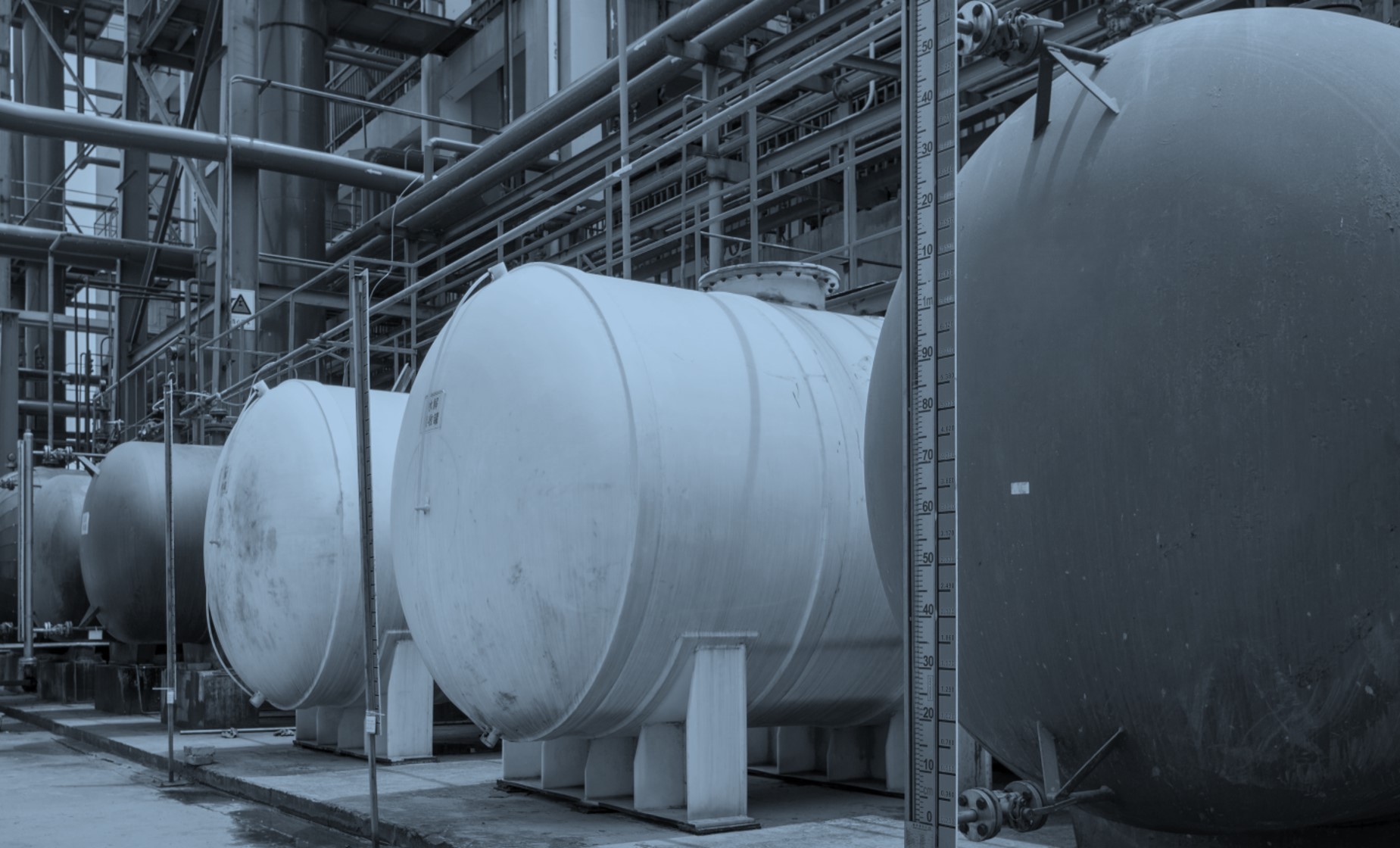

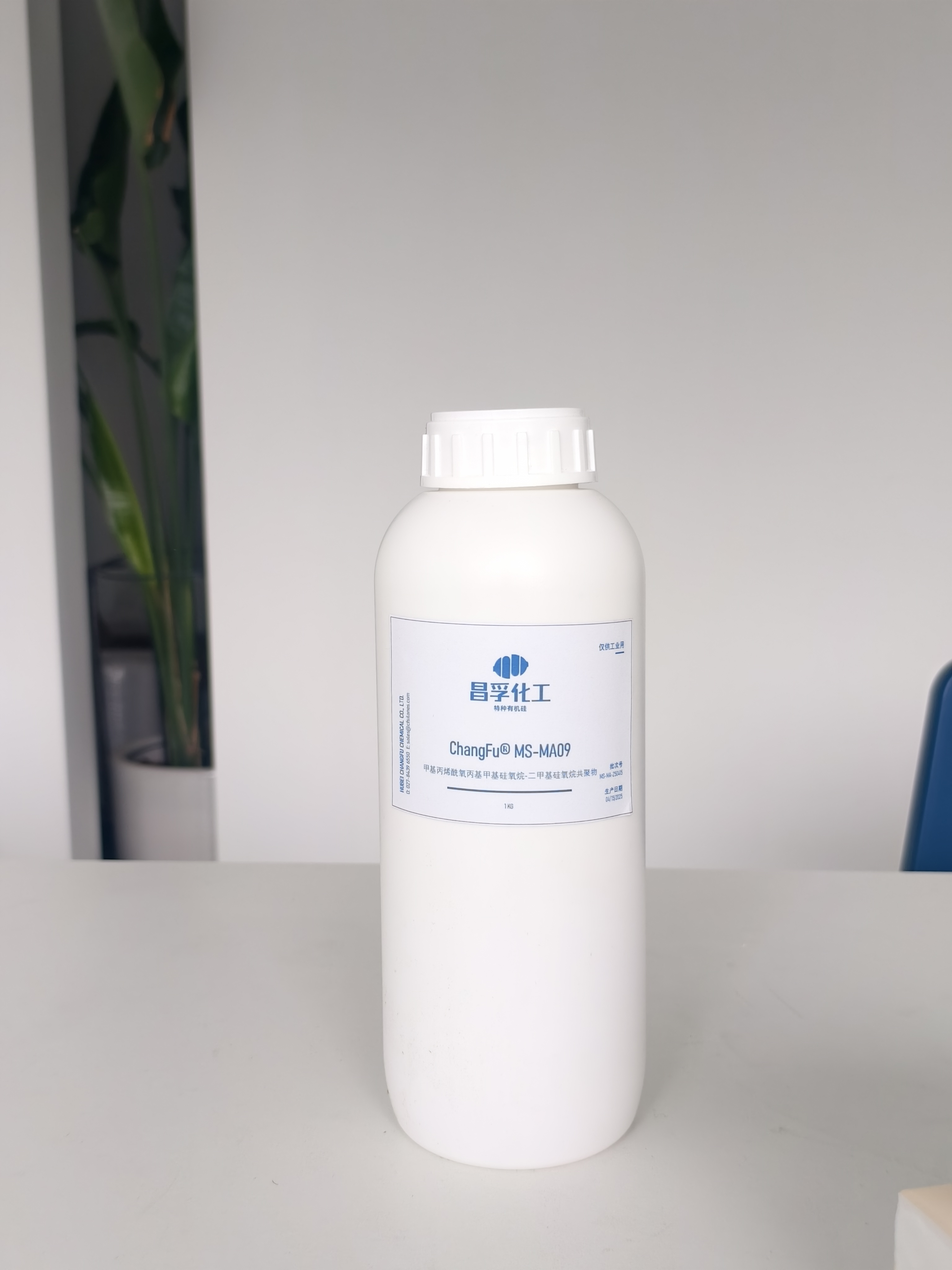



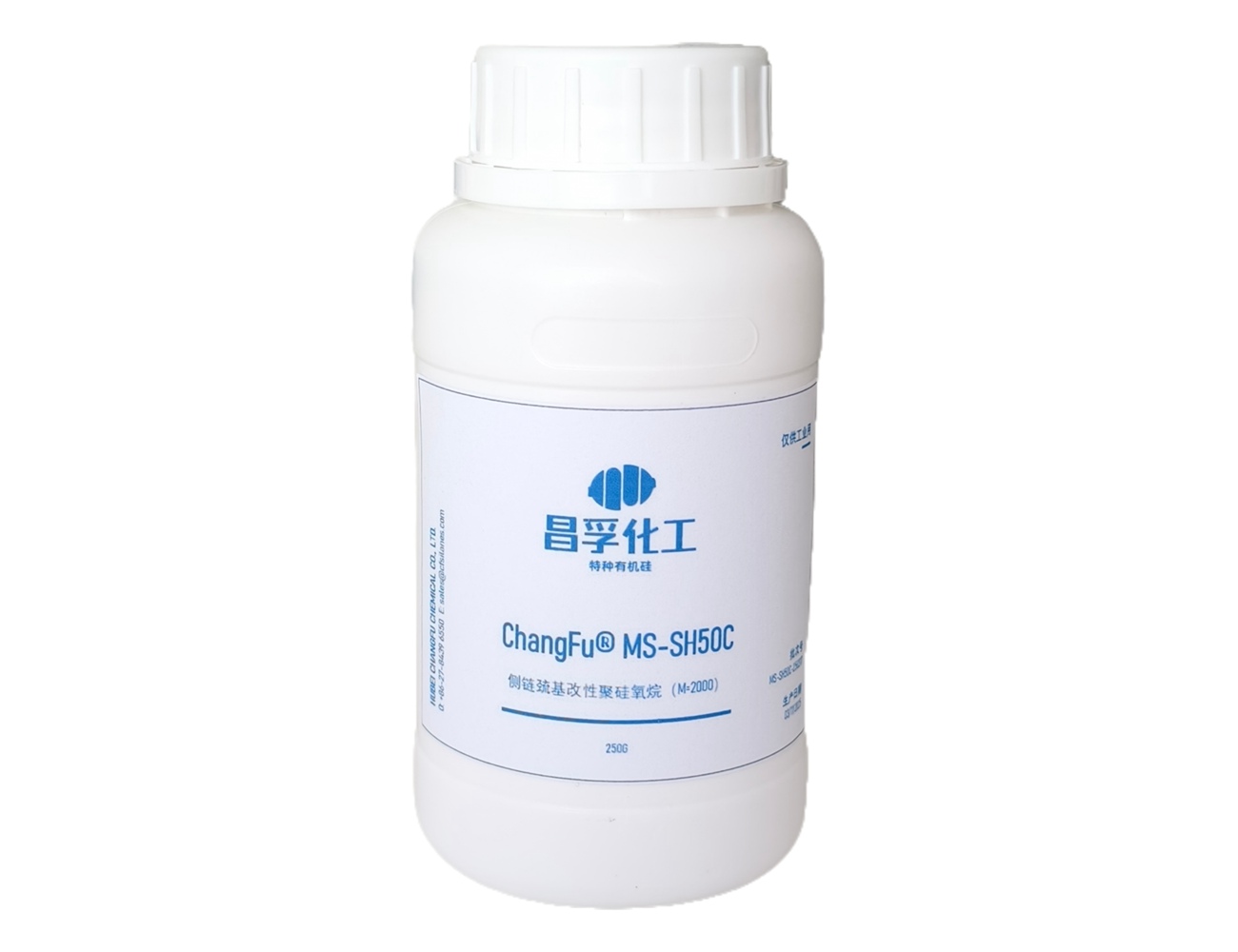



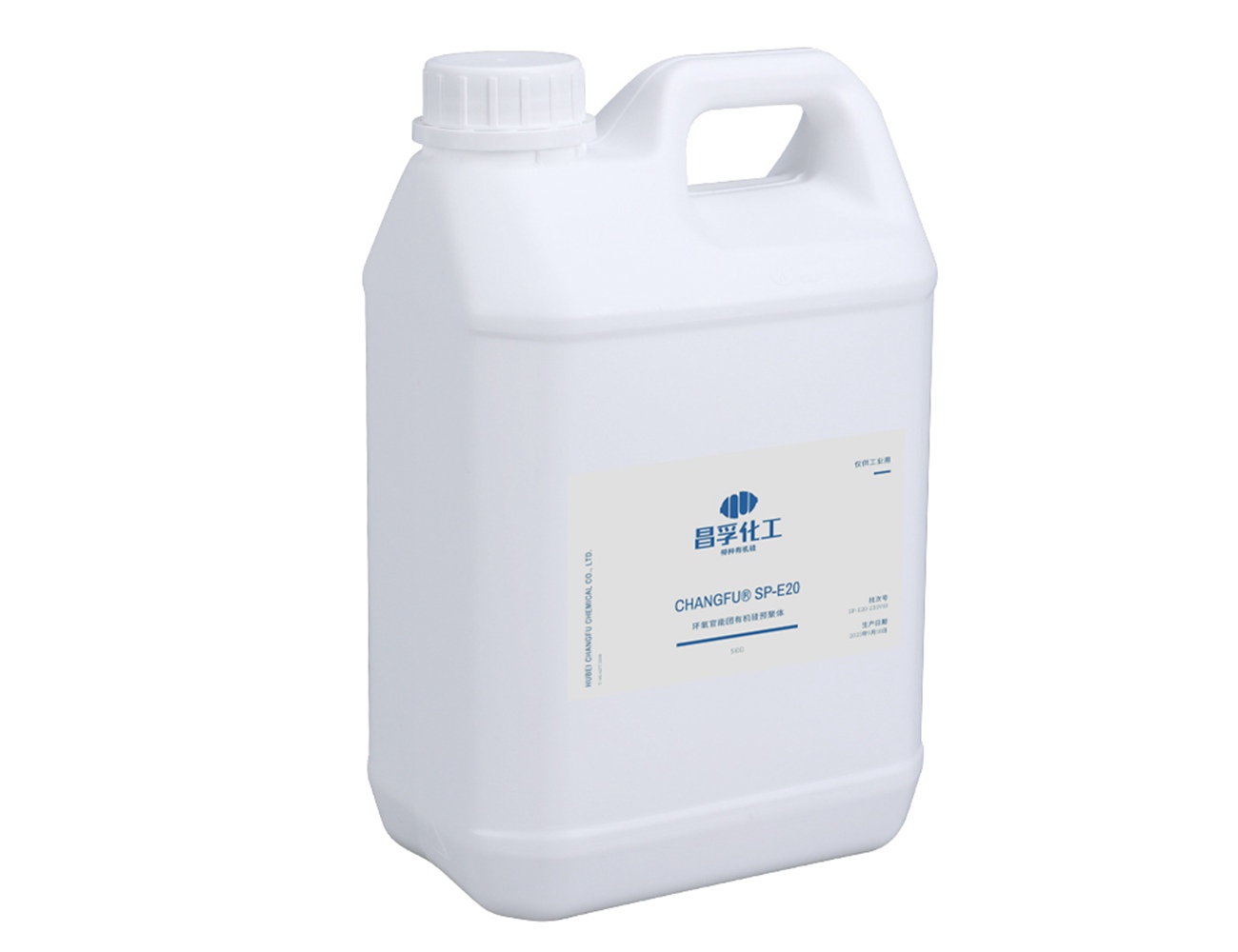
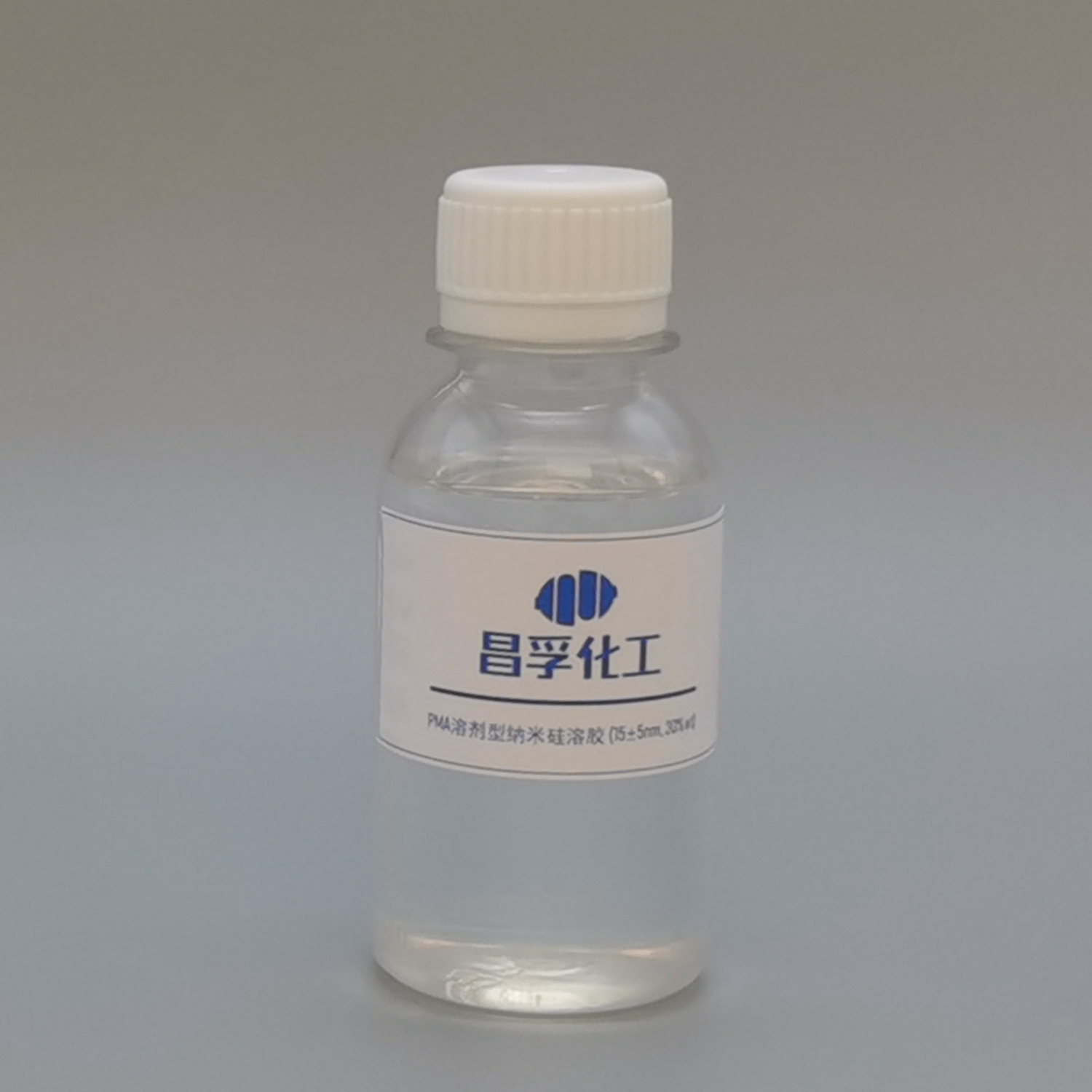
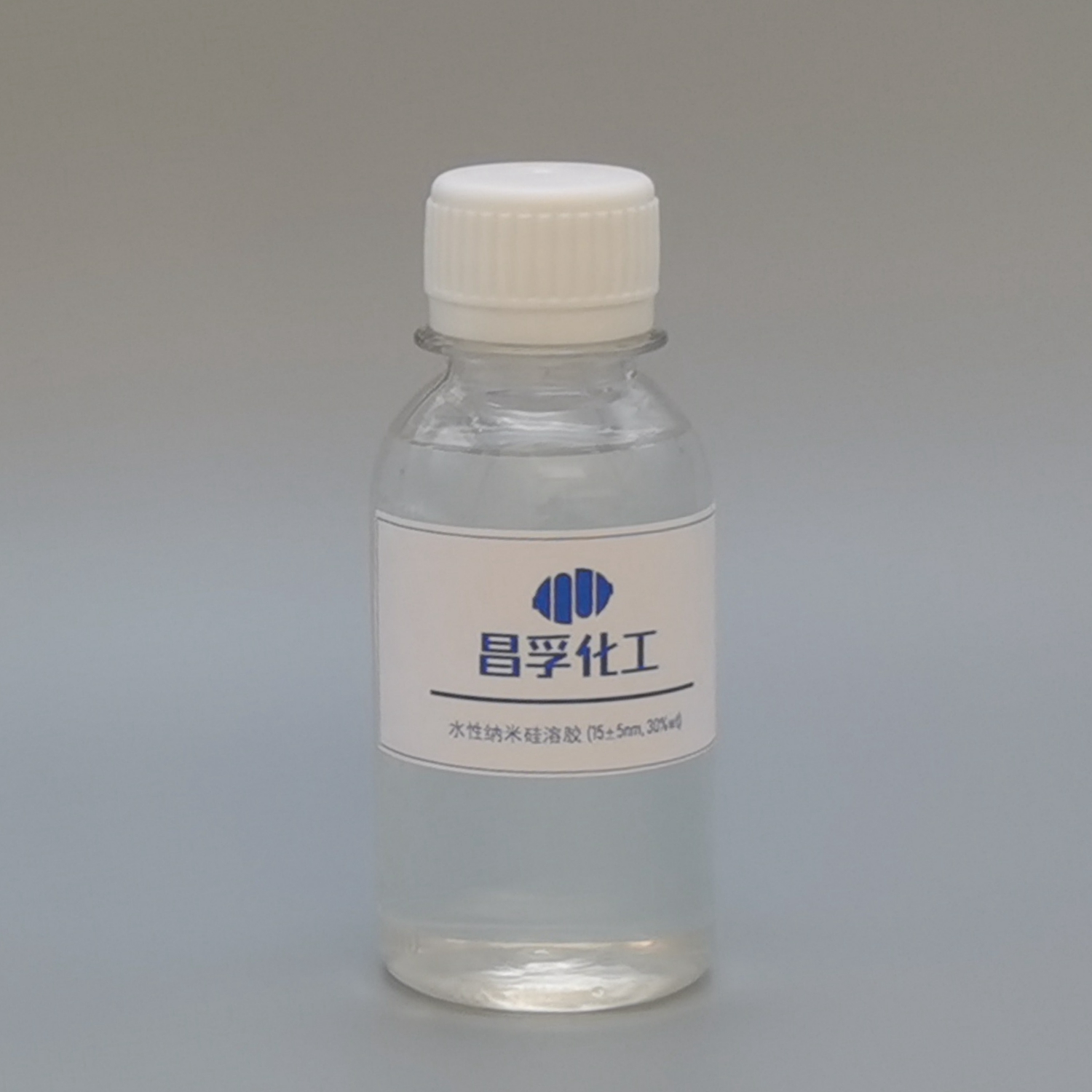

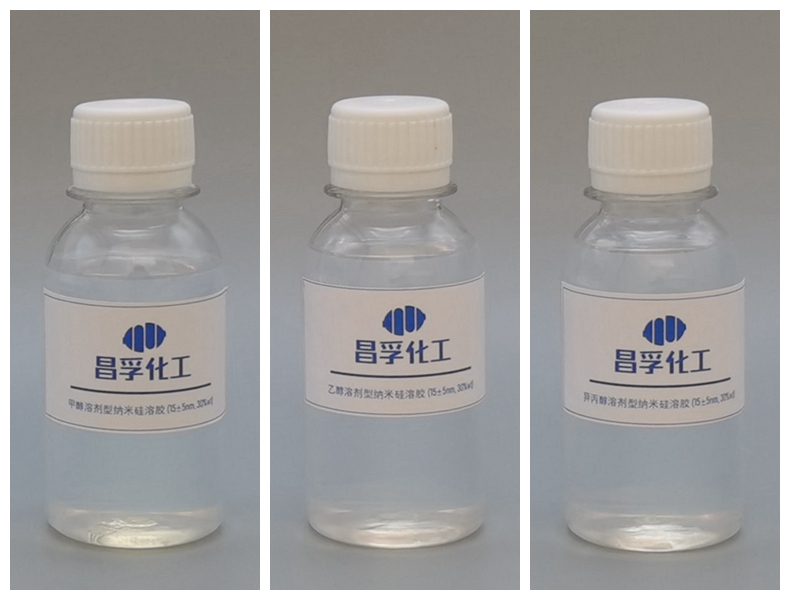
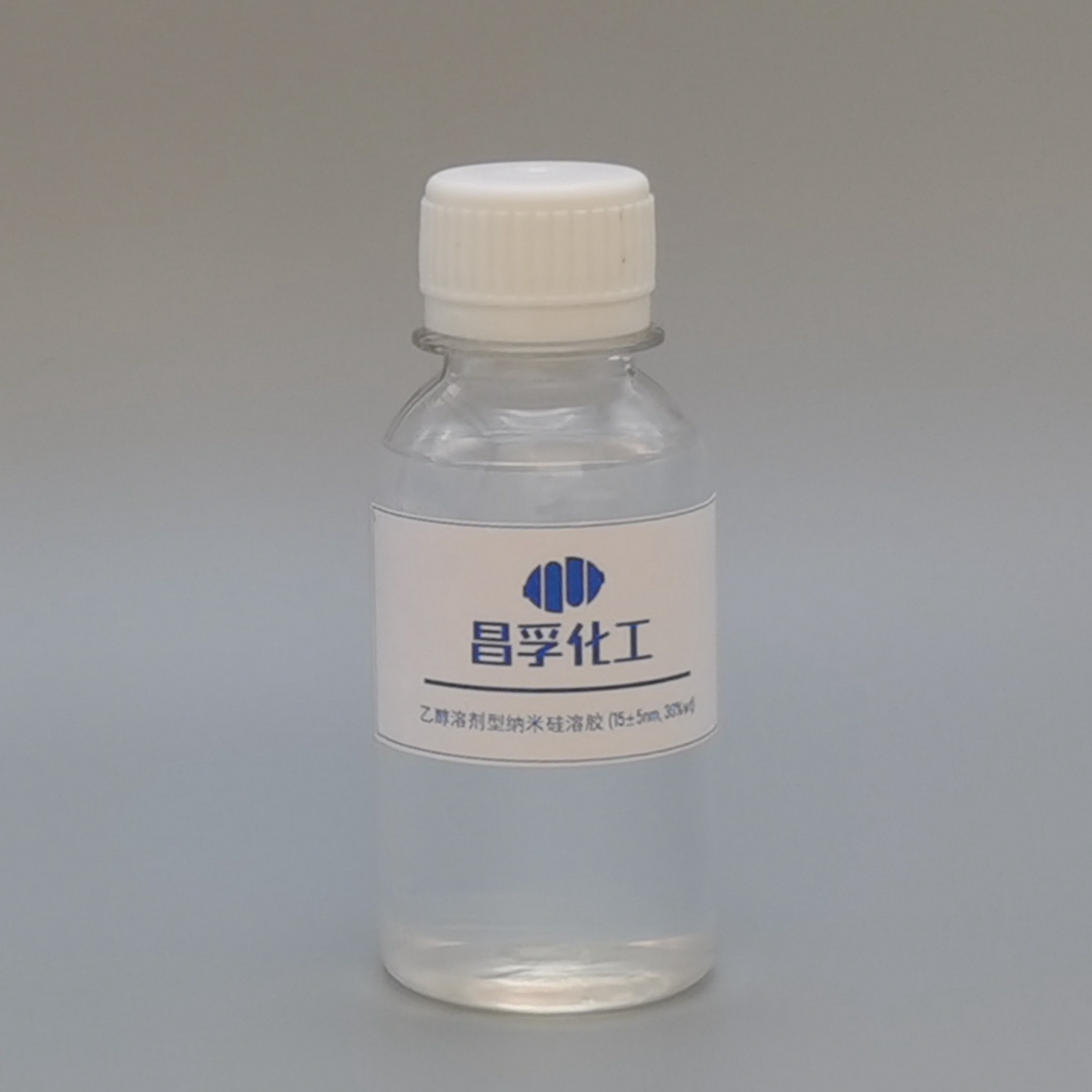
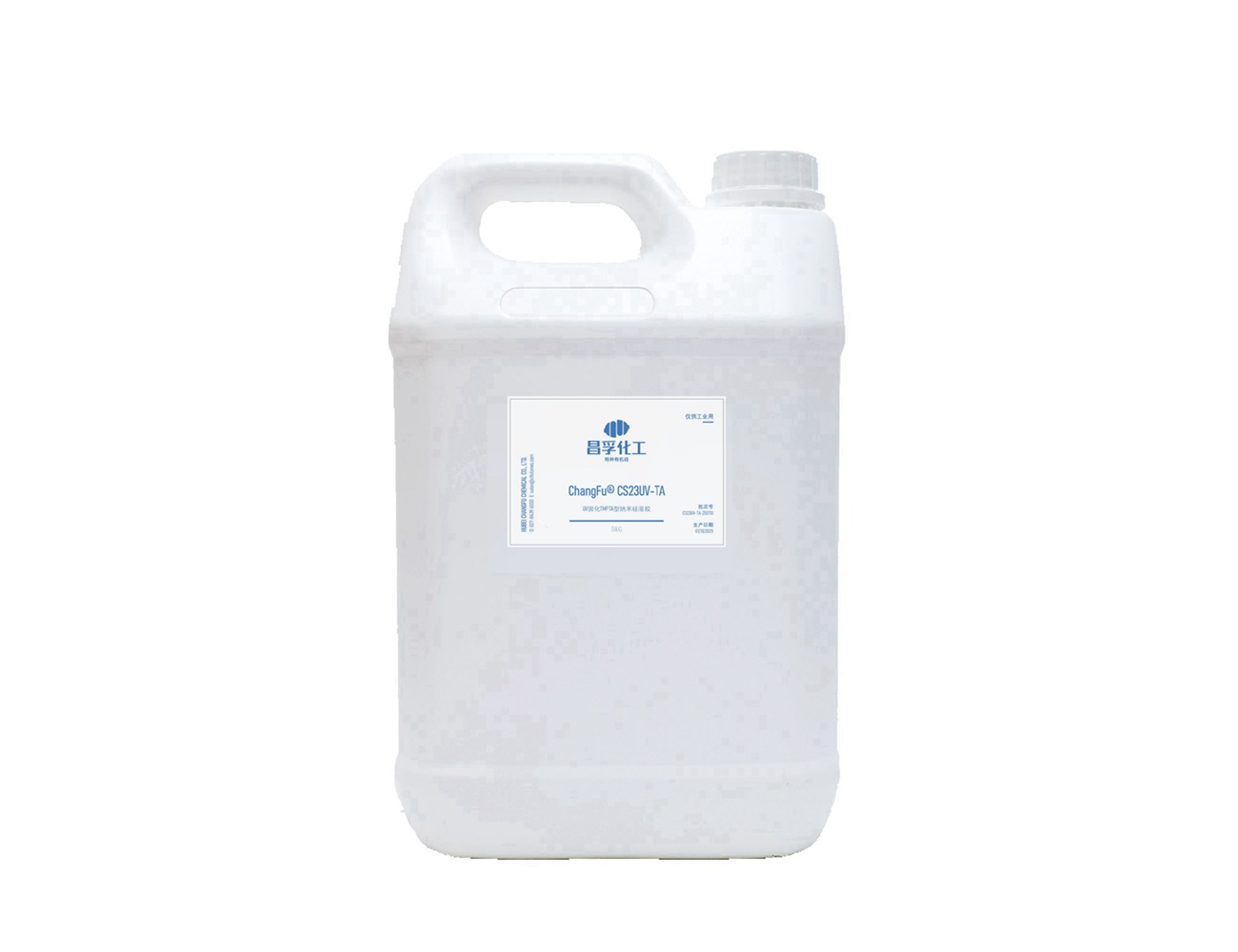
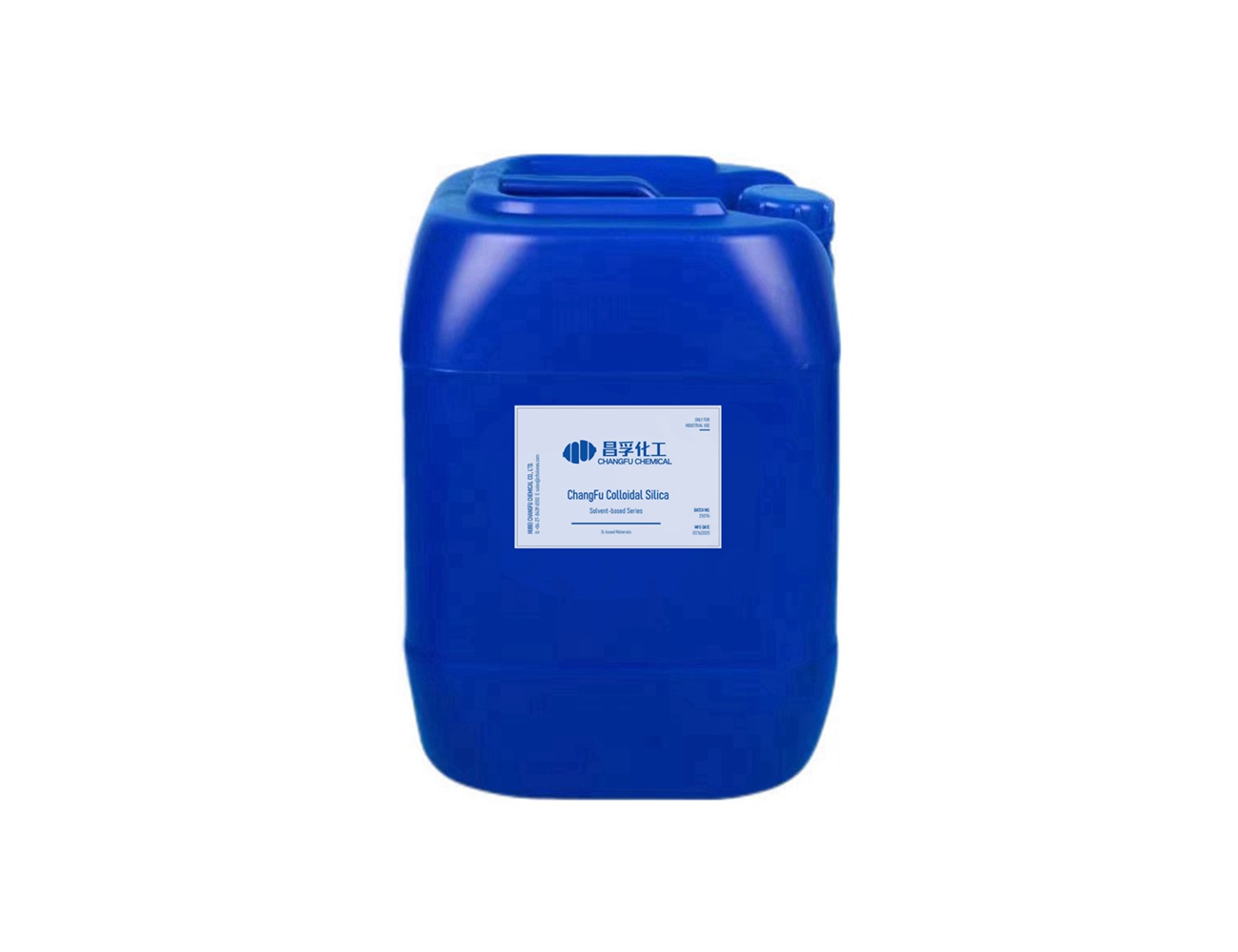


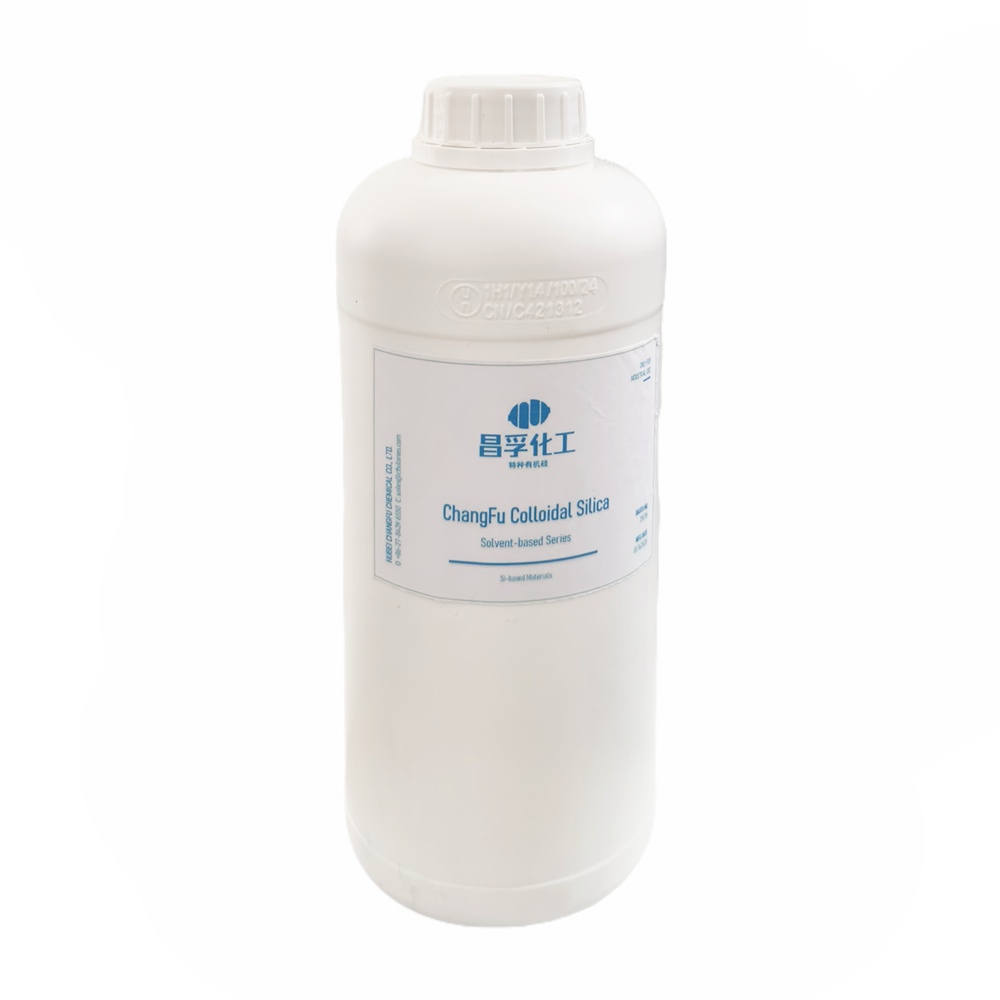


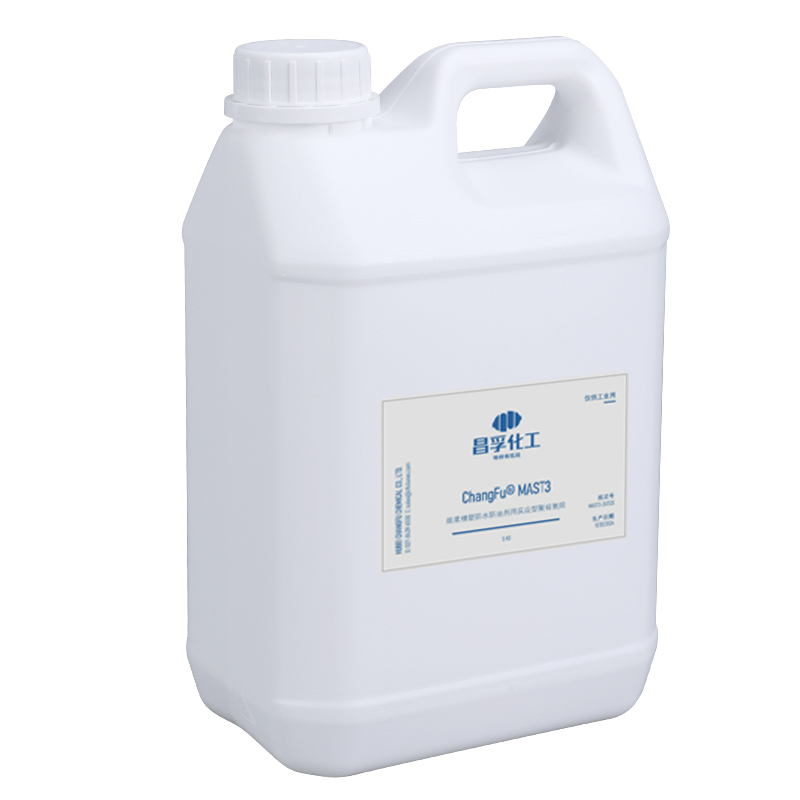





































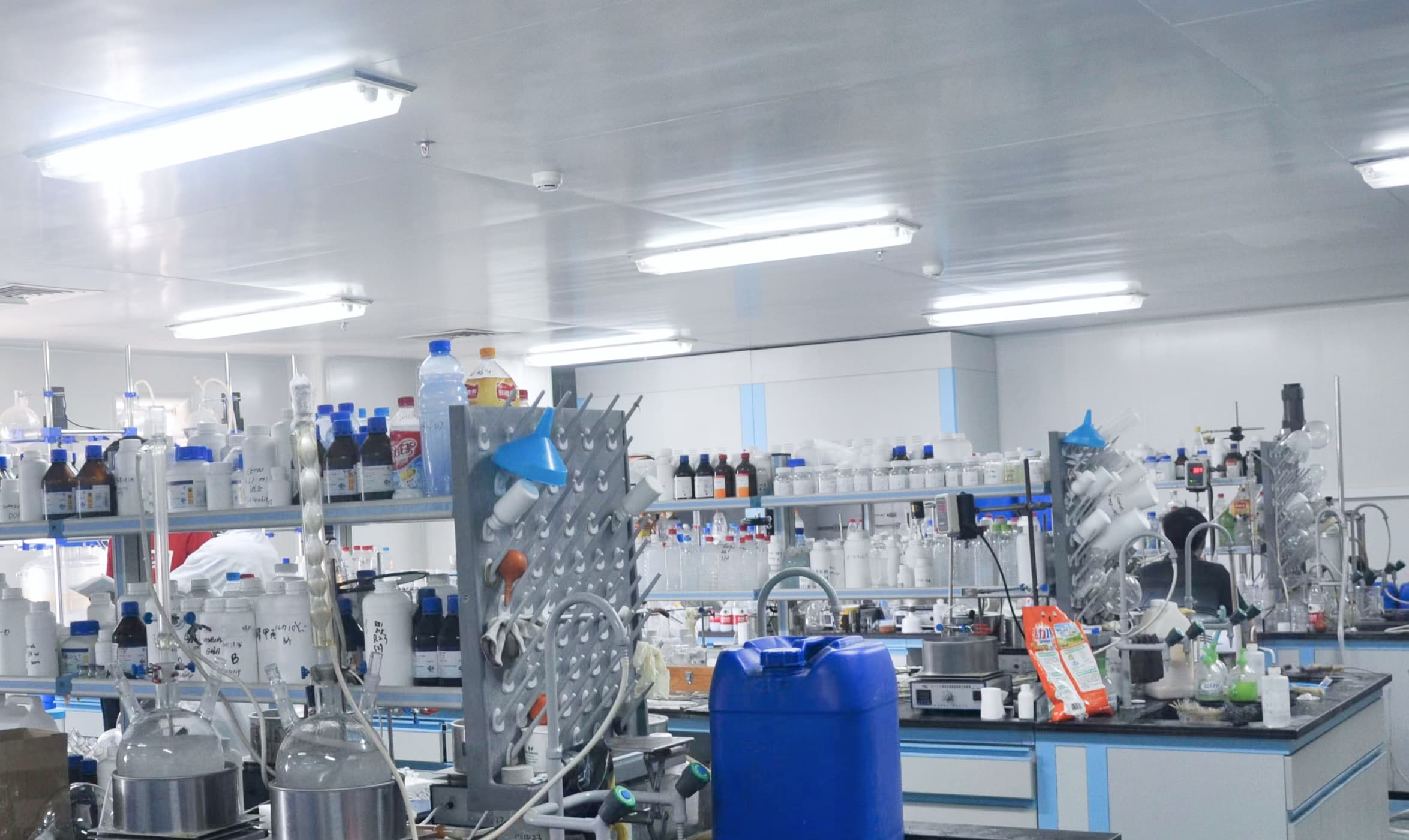

+86 27 8439 6550
+86 181 6277 0058
sales@cfsilanes.com
Optics Valley Bio-City
No. 666, Gaoxin Avenue
Hongshan District, Wuhan City

+86 27 8439 6550 | +86 181 6277 0058
sales@cfsilanes.com
Optics Valley Bio-City
No. 666, Gaoxin Avenue
Hongshan District, Wuhan City
Copyright © Hubei ChangFu Chemical Co., Ltd. All Rights



